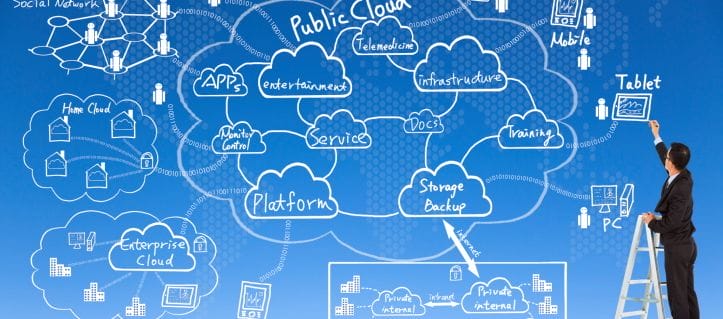Employee retention is a continually evolving metric for businesses and HR departments worldwide, set as a central guiding principle for maximizing profitability while simultaneously decreasing the expensive means of employee turnover and new hire training.
You could even argue that employee retention statistics are among the top markers any business could use to project its growth and overall health. So why is employee turnover such a big problem for companies?
Employers don’t always set proper expectations
One of the most common problems employers run into with high employee turnover is the simple fact that they don’t set appropriate expectations for their hourly employees. While many have focused conversations about the expected number of hours worked, uniform policies and job duties, unanswered questions left on the table can be the dividing factor between employees going or staying for the long haul.
Setting the precedent of days worked is a significant factor for many individuals, as most have outside priorities that can tie them down and change their availability. Effective communication is the lifeblood of any organization.
Having conversations about upcoming work events, potential scheduling conflicts, and holiday expectations is a simple way to ensure streamlined problem solving and proactive decision making. While unexpected situations are inevitable, stressors will always exist where systems do not.
Placing greater emphasis on employee expectations and companywide strategies can facilitate greater teamwork and minimize stress for all parties involved.
Build trust to improve productivity
Assumptions can crush employee morale, workplace productivity, and trust. When employers can set clear expectations, they can eliminate many of the common false beliefs created due to starting a new position at a new company. Leaders must be on high alert to ensure this has no place in their new hire’s thought process.
Prioritizing continuous and straightforward conversations with employees will cost you nothing on the front end and save you much more on the back end. Employee feedback is crucial for success, but if leaders and managers aren’t asking for that feedback, they may never get it.
The first step of giving feedback is asking for feedback, as this opens up the door for effective communication and will build trust with your employees. Plus, employees who can provide their input will feel a part of the company’s decision-making process and perceive it as an individual investment in the company’s future.
When leaders don’t ask the questions to get the answers they’re looking for, trouble starts to brew and may not show its ugly head for days, weeks, or even months down the road when an employee begins to act out of the norm.
Flexible leadership
The last piece of the puzzle involves company leadership, as this is a continually evolving role with its fair share of highs and lows. Being a flexible leader is crucial for maintaining integrity and high employee retention outcomes, as it facilitates high-level thinking and empathy towards your employees.
No one could have foreseen the unpredictability and chaos that 2020 has placed us in, so having a flexible approach to scheduling hours may be the deciding factor for workers who have children at home to take care of or another job to get to. Simple things like allowing someone to be flexible with their structured hours to enable them to pick their children up from the babysitter may be the reason why they decide to stay around for the long term.
Hours can always get made up, but personal responsibilities will always weigh heavier than a previously desired set number of hours to work.
Retaining employees versus hiring new ones
As with nearly everything in life, it will always be your responsibility as a leader to implement these strategies. Knowledge is useless without application. Keeping your existing employees happy through consistent communication is the fastest way to company growth and prosperity.
Technology can also be a great way to streamline scheduling changes and unexpected work events, as workforce management applications can make a big difference in eliminating unnecessary costs and time. Implementing these steps will lead you down a prosperous path of success and a fruitful career in leadership.



 Valentine added that in one case an airline needed to store data on pilots’ flight hours annually. They created a custom field and continuously reported on it while scheduling pilots.
Valentine added that in one case an airline needed to store data on pilots’ flight hours annually. They created a custom field and continuously reported on it while scheduling pilots. 

 “Even the most talented store managers can have what I call operational bias where they may over- or under-allocate hours to certain departments based on how well they understand those departments. Store-level modeling provides both a guide for allocating hours and evaluating any impacts of variance from the model. If you really want to leverage your company’s data science efforts, this is a level of granularity that shouldn’t be ignored,” he said.
“Even the most talented store managers can have what I call operational bias where they may over- or under-allocate hours to certain departments based on how well they understand those departments. Store-level modeling provides both a guide for allocating hours and evaluating any impacts of variance from the model. If you really want to leverage your company’s data science efforts, this is a level of granularity that shouldn’t be ignored,” he said. 




